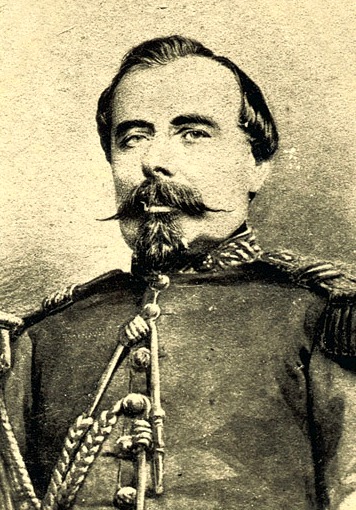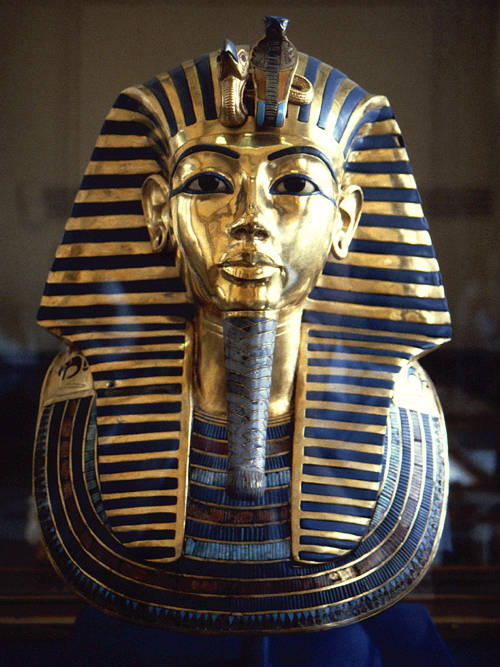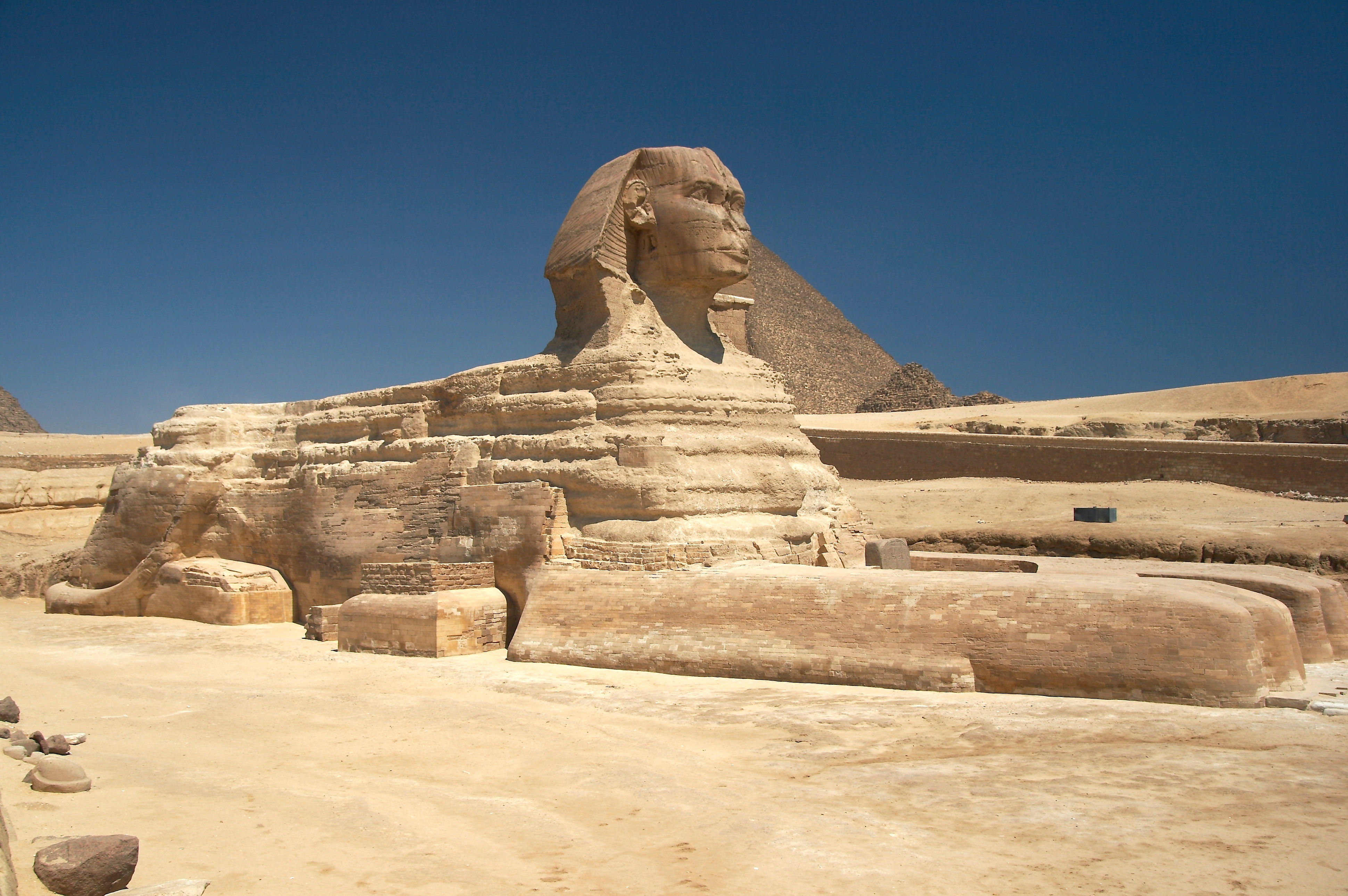

Russia 500 Rubles 1993 UNC
Front: View of Kremlin with Russian flag
Back: View of Spasski Tower of Kremlin in Moscow

Image Obtained from www.stamprussia.com
An Educational portal with various pictures of banknotes and information. All the banknotes on this site is exclusive property of Encyclobanknotes.


Peru 500 Soles 1985 UNC
Front: Francisco Bolognesi (1816-1879)Peruvian military hero
Back: Two Mine Workers
Francisco Bolognesi Peruvian hero during the War of the Pacific
Peruvian hero during the War of the Pacific
Born November 4, 1816(1816-11-04)
Lima, Lima, Peru
Died June 7, 1880 (aged 63)
Arica, Tarapaca, Peru
Francisco Bolognesi was born in Lima on November 4, 1816, his paternal family was of Italian-Peruvian background. He attended the Seminary of Arequipa until he was 16 and then entered into a career in commerce. He was involved with the military in July, 1844, in an action at Carmen Alto, a local district of Arequipa. While offered a position in the military, he elected to remain in civilian life.
Information and Image Obtained From Wikipedia, the free encyclopedia


 Image By khuasi on Flickr
Image By khuasi on Flickr




 Egypt 1 Pound 2004 UNC
Egypt 1 Pound 2004 UNC
 Egypt 10 Piastres 1998 UNC
Egypt 10 Piastres 1998 UNC
Mask of Tutankhamun's mummy, the popular icon for ancient Egypt at The Egyptian Museum.
 The Great Sphinx of Giza, Egypt
The Great Sphinx of Giza, Egypt
The Great Sphinx of Giza is a half-human, half-lion Sphinx statue in Egypt, on the Giza Plateau at the west bank of the Nile River, near modern-day Cairo. The largest monolith statue in the world, it stands 73.5 metres (241 ft) long, 6 m (20 ft) wide, and 20 m (65 ft) high.




